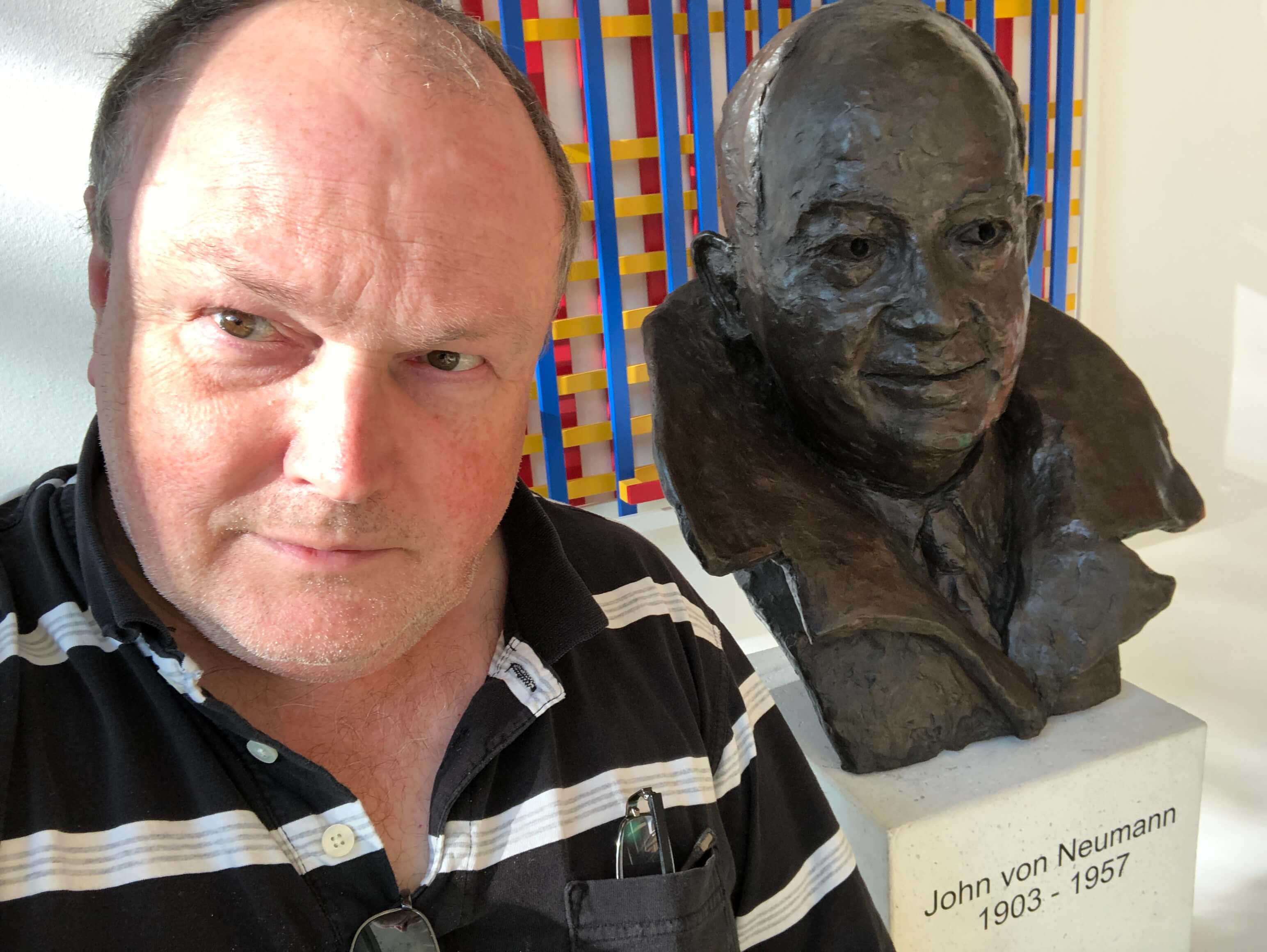NBA History of Science Seminar: Michel Janssen
Michel Janssen (University of Minnesota/University of Bonn), “Arch and Scaffold: Constructing Quantum Mechanics”

Abstract: I give a brief overview of the development of quantum theory from Planck's work on black-body radiation around 1900 to von Neumann's introduction of Hilbert space in 1927. This overview is based on Constructing Quantum Mechanics (Oxford, 2019/2023), a book in two volumes, co-authored with Tony Duncan, on the genesis of quantum mechanics. The subtitles of these volumes are The Scaffold: 1900–1923 and The Arch: 1923–1927. As these subtitles suggest, we see the transition from the old quantum theory of Bohr, Sommerfeld and others to the new quantum theory of Heisenberg, Schrödinger and others not as demolishing the old building and erecting a new one on its ruins but as using parts of the old building as the scaffold to build the arch of the new one.
Michel Janssen studied physics at the Universiteit van Amsterdam, his hometown, and obtained a PhD in the History and Philosophy of Science from the University of Pittsburgh. He then worked for several years as an editor on the Einstein Papers Project and has now for many years been a professor for history of science at the University of Minnesota. Currently, he is also a visiting scholar at the Lichtenberg Group for History and Philosophy of Physics, University of Bonn. His research focuses on the genesis of relativity and quantum theory in the early 20th century. Together with Anthony Duncan, he has recently published the second of two volumes of “Constructing Quantum Mechanics” with Oxford University Press, an authoritative account on how quantum mechanics came about in the first quarter of the twentieth century.
